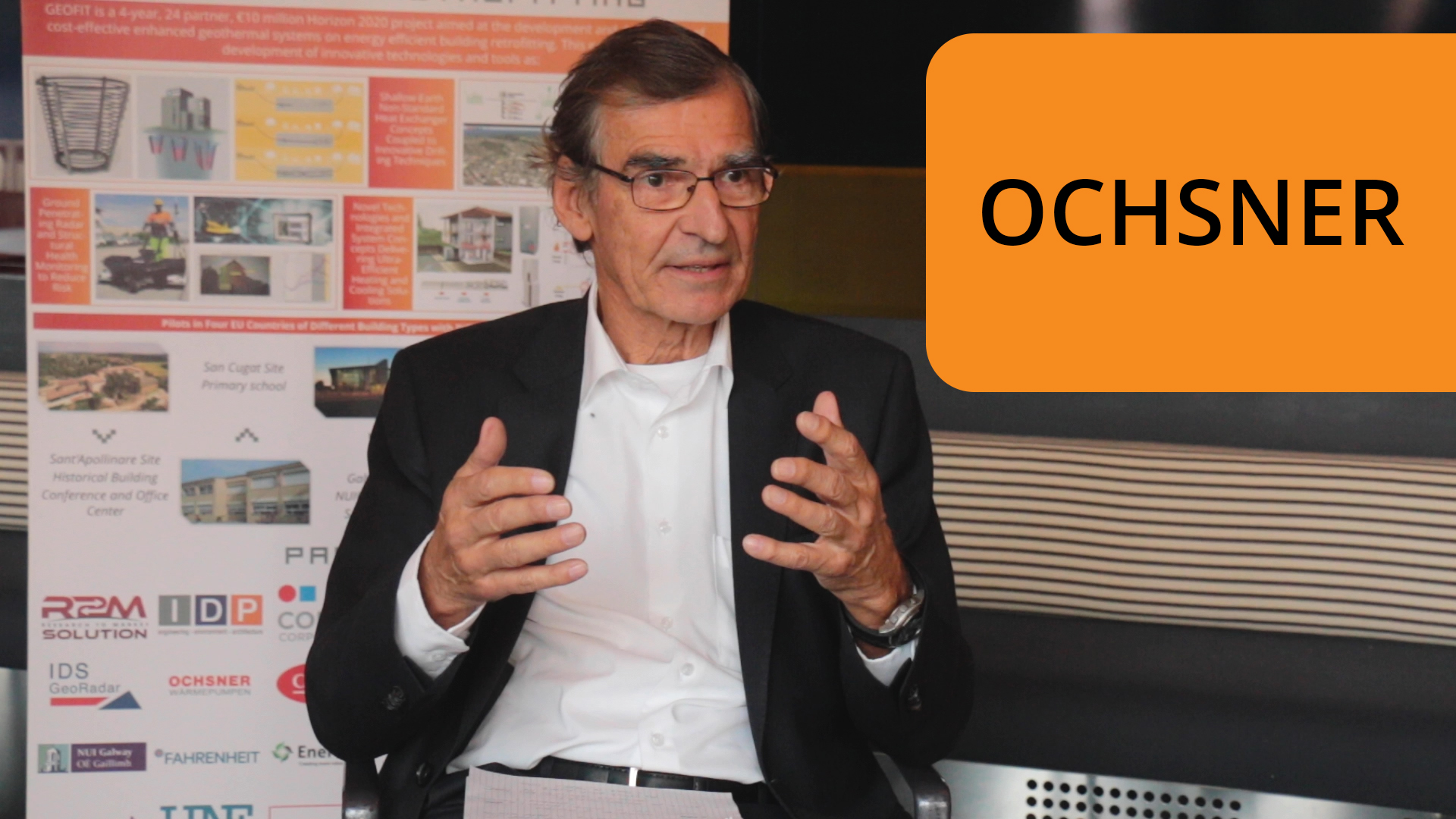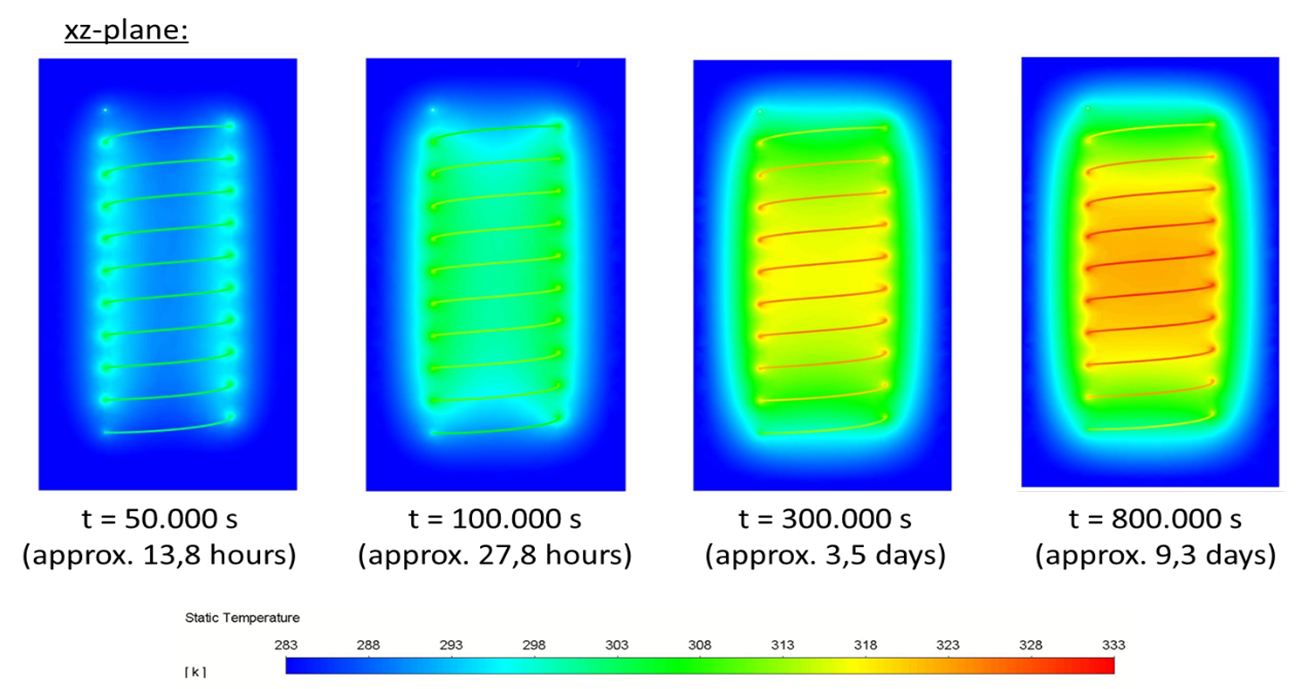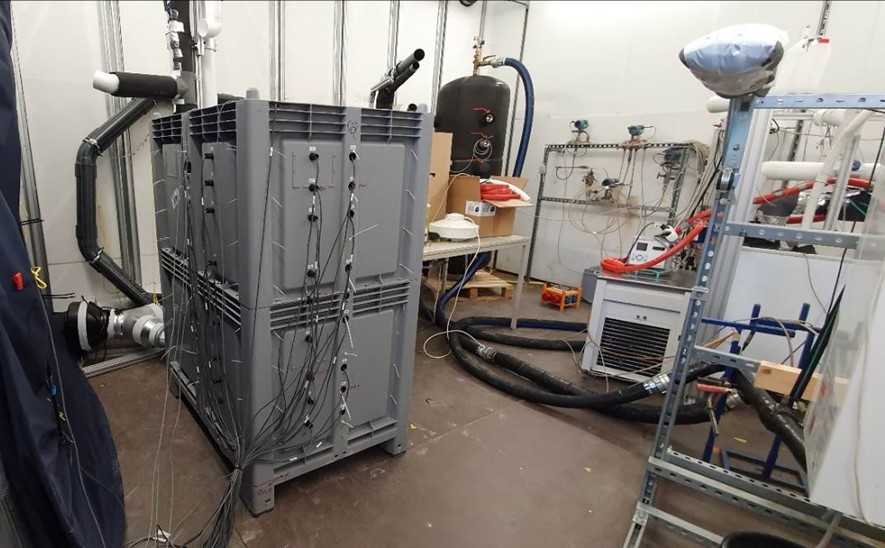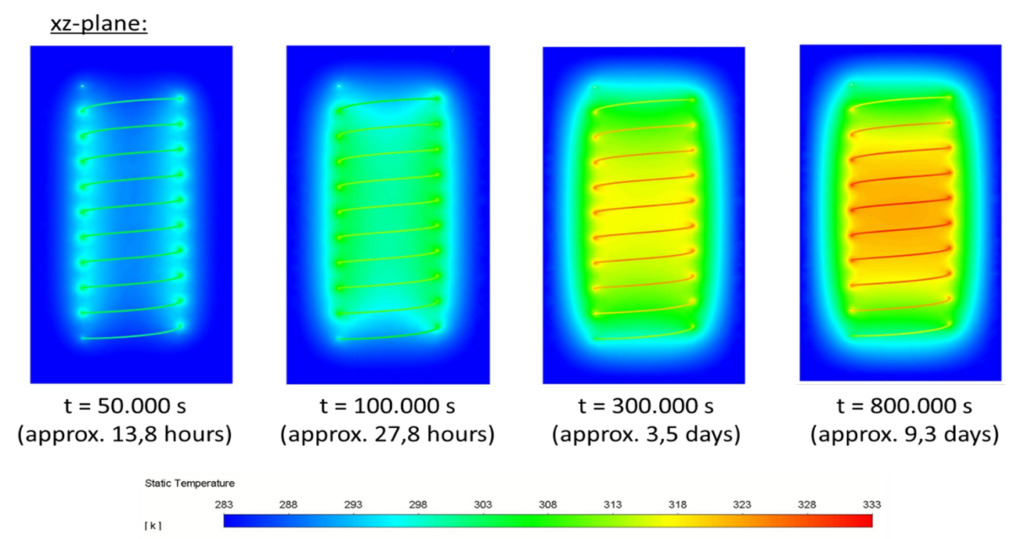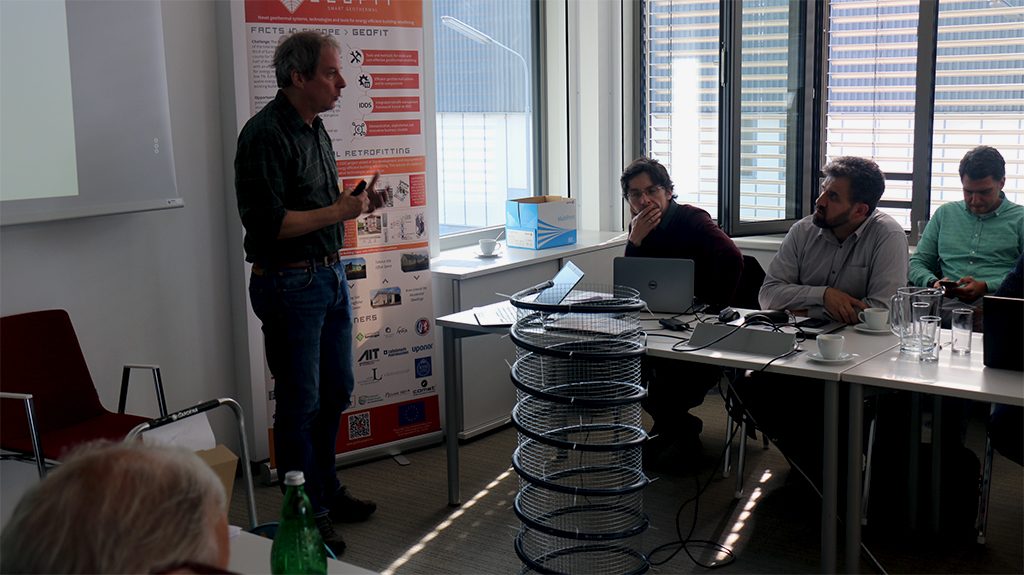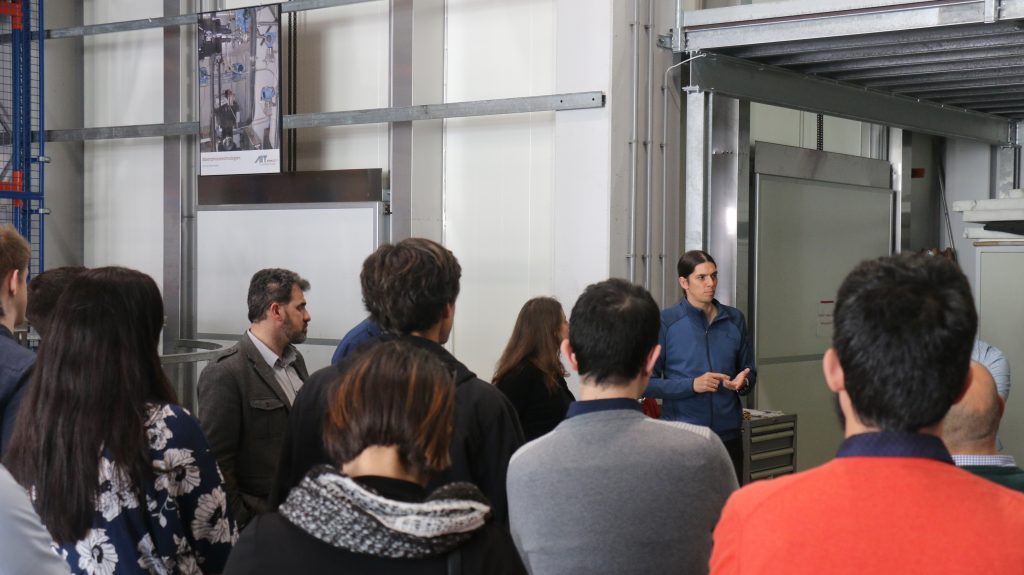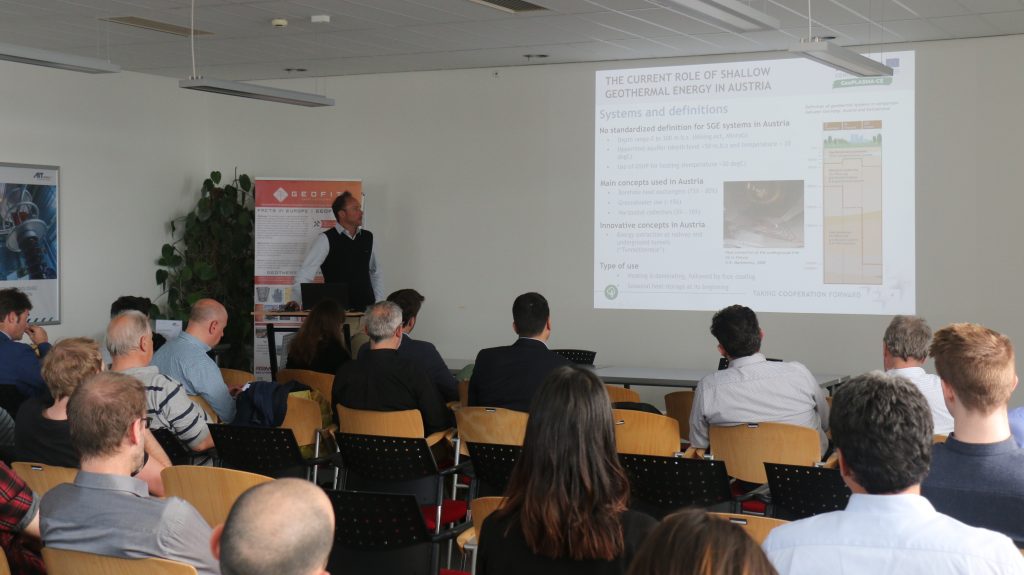This interview is part of a series! You can see all our partner interviews here.
Ochsner Wärmepumpen (OCHSNER) was founded in 1978 as one of the first companies in Europe to produce heat pumps on an industrial scale, being a well-known producer of innovative heat pump systems covering all types of heat sources and capacities ranging from 2 to 1.600 kW.
In GEOFIT, they are responsible for several innovations with regards to optimising the design of heat pumps. These innovations have never been applied in heat pumps design and sizing and they will allow to decrease the environmental footprint while in parallel making heat pumps more affordable so that they can compete against non-renewable technologies.
One of the innovations, in collaboration with AIT, regards the design of an innovative, electrically-driven heat pump system with low/medium GWP synthetic refrigerant, which in turn makes a more cost-effective use of heat exchangers (HEX). They have also contributed to new methods to calculate heat pump sizing requirements which have been implemented within the IDDS framework used to design our pilot sites. This new methods will prevent oversizing of the heat pump component in geothermal systems which often results in non-optimal efficiencies/return on investment and can decrease the competitiveness of geothermal technologies with respect to competing systems.
These innovations have never been applied in heat pumps design and sizing and they will allow to decrease the environmental footprint while in parallel making heat pumps more affordable so that they can compete against non-renewable technologies.
In this interview, Oschner founder Dipl. Ing. ETH Karl Ochsner talks about the benefits of using the heat pumps in geothermal retrofitting, how projects like GEOFIT can connect themselves to the European Heat Pump Association (EHPA), and its impact on the market and the environment.
